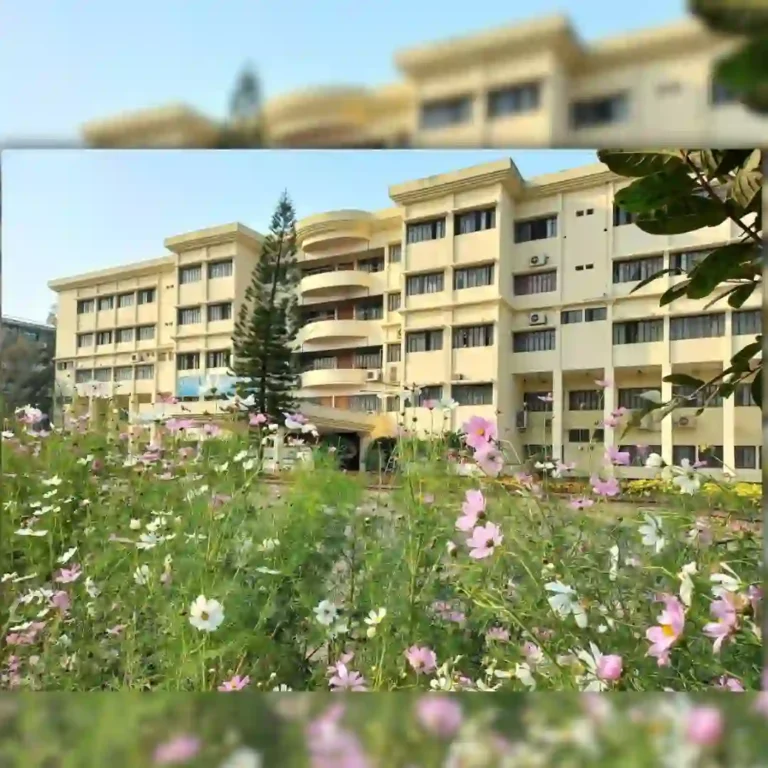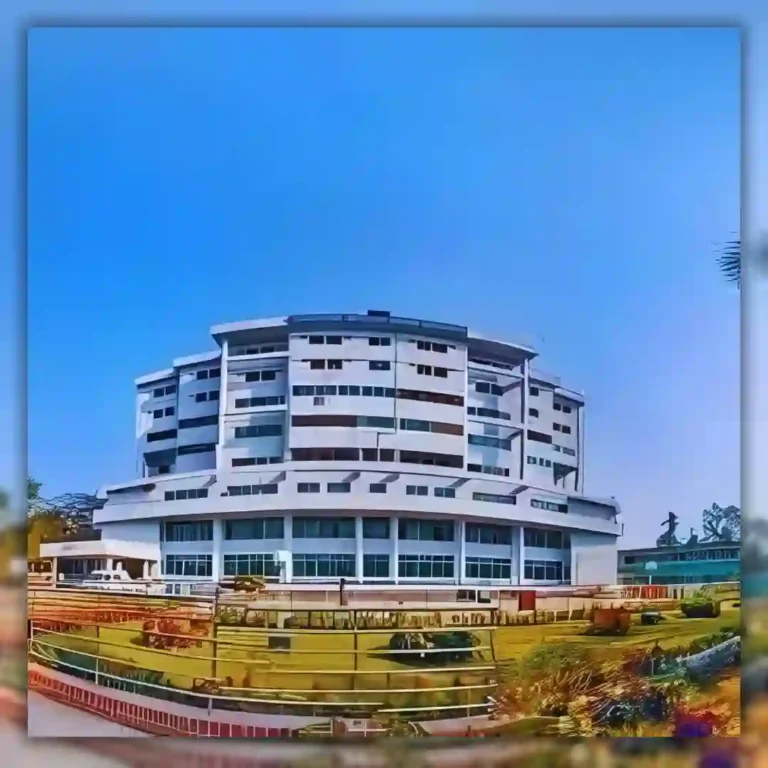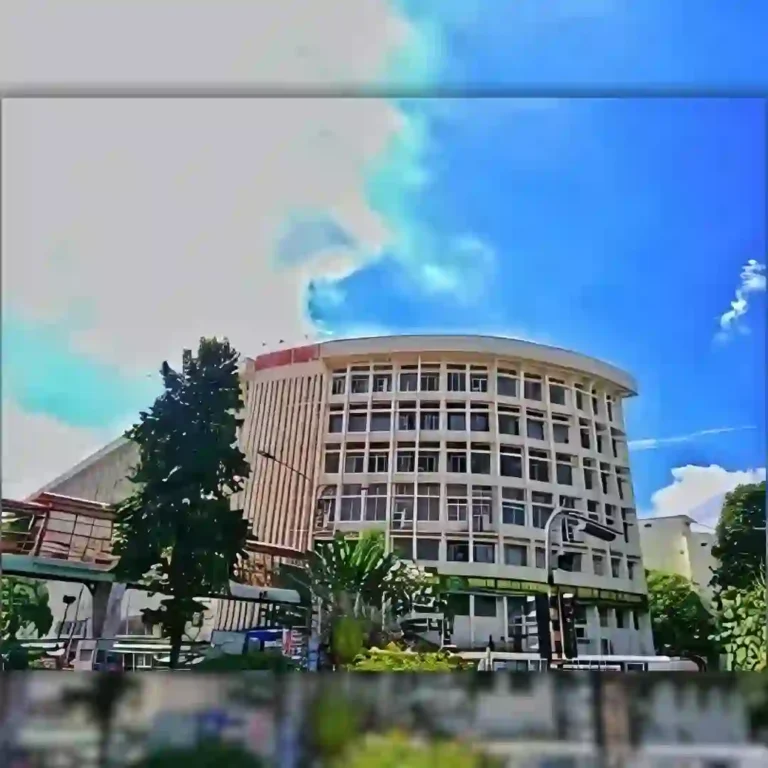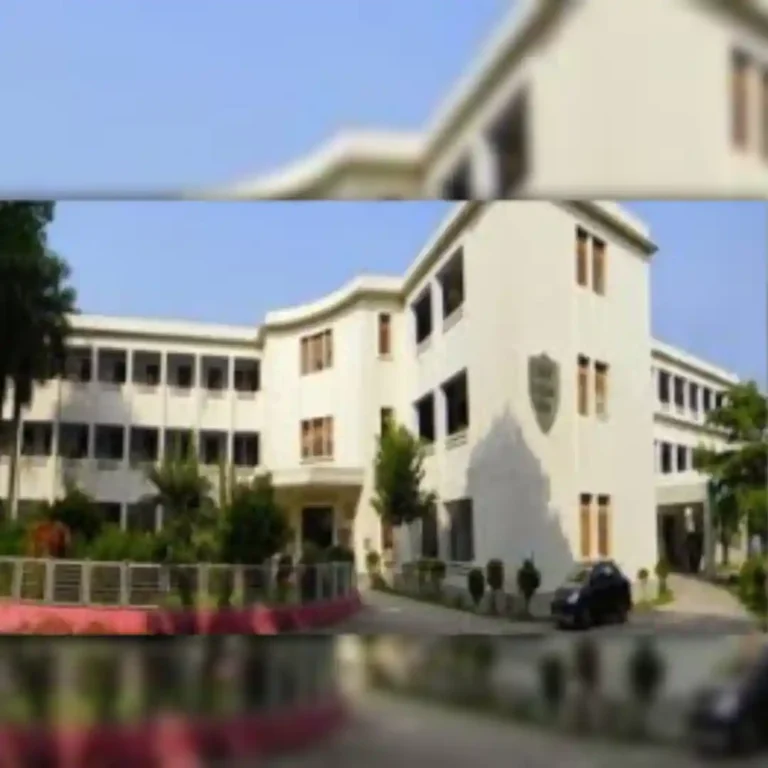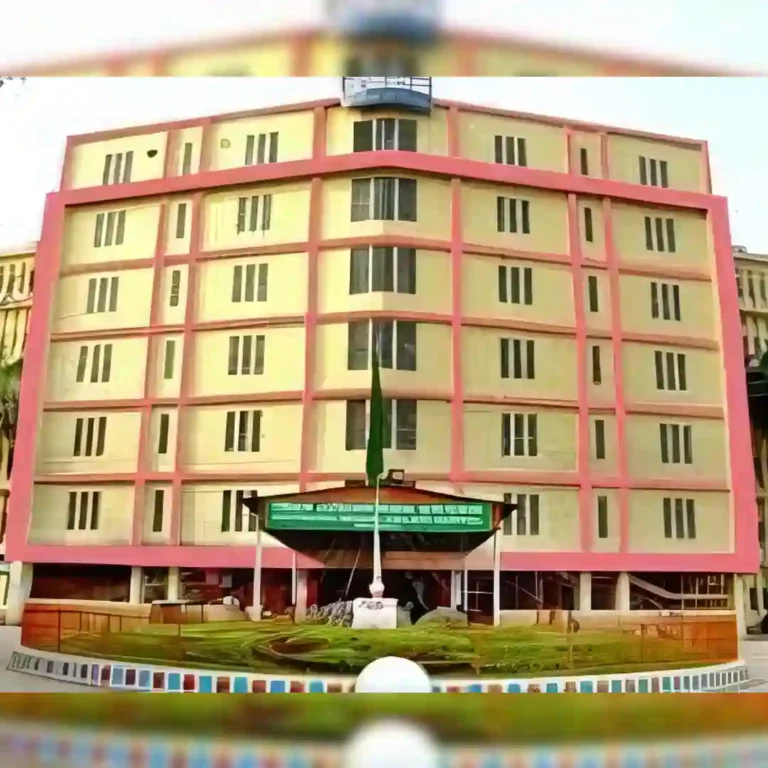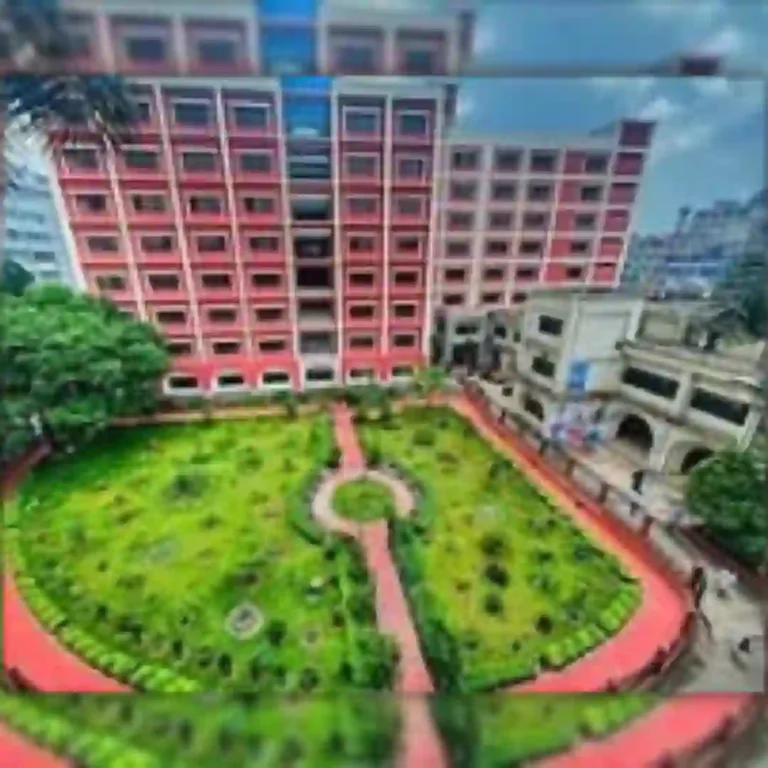Rangpur Medical College: Your Comprehensive Guide to Becoming a Doctor in Bangladesh
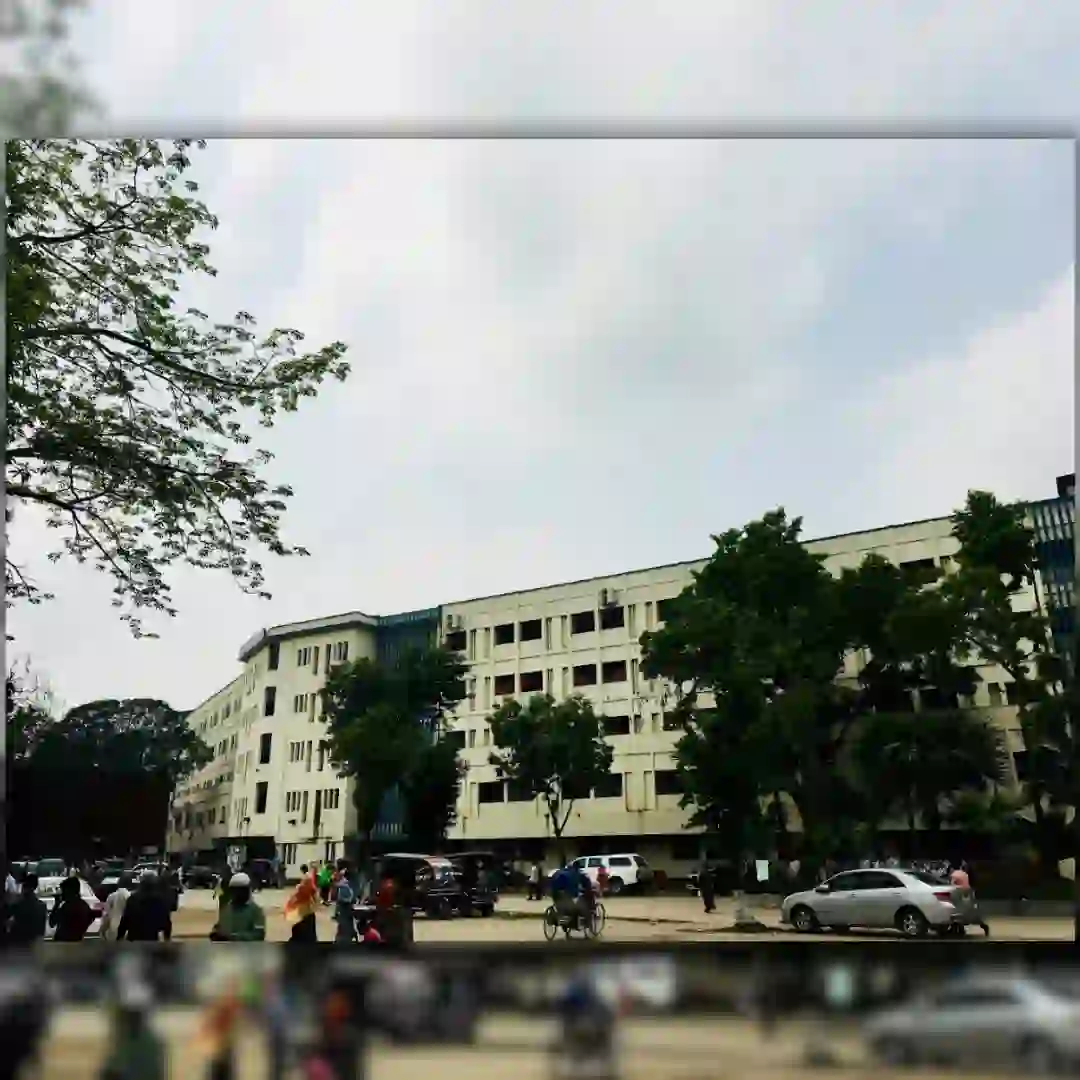
Hey there, future medical stars! Are you thinking about studying medicine and maybe looking at options in Bangladesh? Well, let’s have a chat about Rangpur Medical College (RpMC). It’s a pretty well-known government medical school in Bangladesh, located in the northern city of Rangpur, and it’s got a great history that we’ll get into in a bit. This blog post is your go-to guide, giving you the lowdown on what it’s like to study there. Let’s dive in.
A Bit of History: How Rangpur Medical College Came to Be
- The Beginning: Back on the 18th of March, 1970, the government of Pakistan decided to set up Rangpur Medical College. Can you imagine that? It’s been around for a while. The first group of 50 students started their journey there in 1971. It’s interesting to think about the historical context and how that influenced the college.
- Changing Affiliations: The college started out being connected with the University of Rajshahi. But things changed in 2017, and it became affiliated with Rajshahi Medical University. It’s pretty common for these kinds of affiliations to shift, and it can have a big impact on the college.
- Dealing with Challenges: Like any institution, it hasn’t always been smooth sailing. There was a bit of a scandal in 2018 where the college principal was accused of some dodgy dealings. It’s a reminder that places need to be transparent and accountable, and it seems like the college is doing what it can to keep things on the up and up.
What You’ll Study: The Academic Programs
- The MBBS Program: The main event is the five-year MBBS degree course. This is your typical medicine degree, and it’s recognised by the Bangladesh Medical and Dental Council (BMDC), so you’re getting a quality qualification. After you’ve done the five years, you need to do a one-year internship.
- The BDS Program: If you’re more interested in teeth, they also have a Bachelor of Dental Surgery (BDS) course, with 50 places each year.
- Postgraduate Options: Since 2014, if you want to specialise further, they’ve been offering postgraduate residency courses (M.D. and M.S.) under Bangabandhu Sheikh Mujib Medical University (BSMMU). These are great options if you want to move up the career ladder.
- The People Who Teach You: The college has 36+ academic staff. It’s good to know they value qualified teachers, although we could do with more information about their backgrounds and expertise.
Getting In: The Admission Process
- It’s Centralised: The Directorate General of Health Services (DGHS) is in charge of admissions. They have an annual, written, multiple-choice exam that everyone has to take. It’s a big deal!
- What You Need: Your grades from your Secondary School Certificate (SSC) and Higher Secondary School Certificate (HSC) matter. They look at these as part of a combined score or as a requirement to even sit the exam.
- Quotas: There are quotas for different groups, like descendants of freedom fighters, tribal students, and foreign students. If you’re a foreign student, your admission is based on your SSC and HSC grades.
- How Many Students: They let in 250 students each year for the MBBS course. And there are 50 places for the BDS course.
- The Seat Plan: Make sure you keep an eye out for the seat plan, which is usually released 3-5 days before the exam. It tells you where you’ll be taking the test. You’ll need to know your exam venue, room number, and roll number.
- Top Tips for Exam Day: Check out the venue a day or two before, pack your essentials the night before, and try to get there 30 minutes early. It’s good to be organised!
The Campus: Where You’ll Be Studying
- Where it is: The college is on the east side of the Rangpur-India-Nepal highway.
- The Hospital: It’s right next to the 1000-bed Rangpur Medical College Hospital (RpMCH), which is pretty convenient.
- What’s Available: They have basic stuff like a cafeteria, hostel, sports facilities, a gym, a hospital, Wi-Fi, an auditorium, A/C classrooms, labs, an ATM, an ambulance, and a library. We could do with more detail on these, though!
Student Life: What It’s Like to Be There
We need more info on student life! It would be great to know about:
- What clubs and activities are there?
- What are the social events like?
- What do current students and alumni say about it?
Research and Publications: Spreading the Word
- Official Journal: The college has its own journal called the Journal of Rangpur Medical College (JRMC). It’s peer-reviewed and open-access, which is great for sharing knowledge. It comes out twice a year, in March and September, and they publish original research, reviews, case reports, and short articles.
- Research Opportunities: It would be interesting to dig deeper into research facilities and how students can get involved, and what kind of projects are going on.
Rankings: How the College is Doing
- General Rankings: According to the AD Scientific Index, the college has rankings in Bangladesh, Asia, and the world.
- Academic Performance: They use things like the H-index, i10 index, and citation counts to measure how well the college is doing.
- Subject Ranking: They have a ranking in the Medical and Health Sciences field.
- Faculty Ranking: The ranking also includes individual researchers like Hriday Ranjan Roy, Fatima Jomrud Mohol, Md. Johorul Islam, and Rumana Ferdous.
For the Indian Students Reading This
- NEET Scores: If you’re from India, the college accepts NEET scores.
- What you need to have: You need to be 17 years old by the 31st of December of the admission year. You will need a certain score in your 10+2, which is typically 50% for UR, 40% for OBC/SC/ST, and 45% for PWD.
- Costs: The total fee for the course is about $900.. There’s a tuition fee, and a hostel fee of about $90 per year. Living costs are around 100 to 150 per month.
- Other Information: The college provides hostel facilities and Indian food. The classes are in English. And it takes about 2 hours and 20 minutes to get there from New Delhi by plane.
What Happens After You Graduate: Alumni and Careers
It would be good to know more about:
- Where do graduates usually end up working?
- How does the college help with career development?
- What’s the alumni network like?
Giving Back: The Community Impact
It would be interesting to research:
- How does the college help with healthcare in the Rangpur area?
- Are there any community programs?
In Conclusion: Is Rangpur Medical College Right For You?
So, there you have it – a comprehensive look at Rangpur Medical College! It’s got a solid history, strong academic programs, and some good facilities. If you’re thinking about studying medicine, it’s definitely worth considering.
Just remember to double-check everything with official sources, as things can change. Best of luck on your journey to becoming a doctor.
